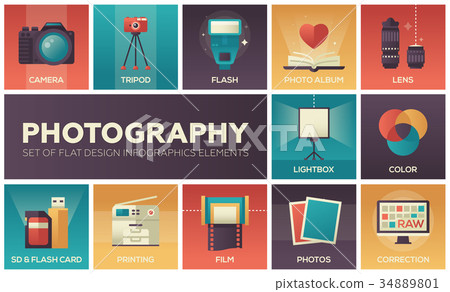What Every Digital Photographer Needs To Learn About Lighting
What Every Digital Photographer Needs To Learn About Lighting
Blog Article
Author-Boone Isaksen
As a photographer, you recognize that lighting can make or damage your images. Comprehending the subtleties of both natural and synthetic light is important for catching the state of mind and clarity you go for in your work. Whether you're chasing the ideal gold hour radiance or adjust your synthetic configurations, grasping these elements can boost your photography significantly. However there are common risks that lots of forget, and acknowledging them can transform your method to every shoot. Allow's explore what you might be missing and exactly how it can impact your outcomes.
Comprehending Natural Light
Recognizing natural light is important for any photographer seeking to improve their work. It's the foundation of terrific digital photography, influencing mood, tone, and quality. When Medical Residency Photography fire outdoors, pay attention to the time of day. The golden hour-- quickly after sunup and before sundown-- offers soft, cozy light that can change normal scenes right into sensational images.
Don't ignore the power of cloudy days. Cloud cover diffuses sunlight, producing a soft, also light that's excellent for portraits and macro digital photography. You'll locate colors appear this sort of illumination without rough darkness.
Placing matters, too. Always consider your topic's positioning to the light. If the sunlight's behind your subject, you may end up with a silhouette, which can be remarkable but mightn't be what you want. On the other hand, straight sunshine can create uncomplimentary darkness.
Trying out angles; sometimes, altering your viewpoint can yield incredible outcomes. Usage natural reflectors, like water or sand, to jump light onto your topic, adding dimension.
Learning Artificial Light
Grasping synthetic light is vital for photographers that want to take their abilities to the following level. Whether you're utilizing speedlights, workshop strobes, or continuous lights, recognizing how to manipulate these sources can drastically enhance your photos.
Begin by acquainting on your own with the essentials of light quality, instructions, and shade temperature. Try out different modifiers like softboxes, umbrellas, or grids to control the gentleness or cruelty of the light.
City Portraits 'll discover that soft light commonly develops lovely outcomes, while harsher light can add drama and deepness. Do not shy away from shadows; they can enhance the three-dimensionality of your subjects.
Pay close attention to the placement of your lights. A light located as well near to your topic can develop uncomplimentary outcomes, while as well away can bring about a lack of information. Utilize a light meter or your camera's histogram to ensure you're exposing properly.
Lastly, keep in mind that synthetic light can be blended with ambient light for imaginative impacts. Stabilizing these resources may take method, once you grasp it, your photography will genuinely radiate.
Methods for Different Situations
When you step into various capturing scenarios, adapting your lighting methods is crucial for capturing the best photos. For outside portraits, utilize the gold hour-- morning or late afternoon light-- to soften darkness and boost complexion.
If it's an extreme midday sun, think about using a reflector to jump light back onto your subject or look for shaded locations for an extra also direct exposure.
In low-light situations, like indoor events, boost your ISO and use a wide aperture to let in even more light. https://blogfreely.net/jonathonrosalyn/unlock-the-tricks-to-finding-the-ideal-camera-for-your-demands-yet-which can aid get rid of electronic camera shake, permitting longer exposures without blurring.
If you're contending night, try out off-camera flash to develop vibrant illumination and depth in your photos.
For product photography, use diffused lights to stay clear of extreme reflections. Softboxes or light outdoors tents can help achieve this result.
When photographing landscapes, think about the direction of light and time of day, as it can dramatically alter the state of mind of your shot.
Always prepare to change your settings and placing based on the scenario, as versatility is vital to grasping lights in photography.
Final thought
To conclude, understanding lighting is vital to elevating your photography abilities. Welcome natural light's elegance throughout gold hour, and don't avoid explore artificial light methods. By adapting your strategy to different circumstances, you'll capture magnificent pictures that resonate with emotion and clearness. Keep in mind, the right lights can change a common shot into something extraordinary, so keep practicing and fine-tuning your understanding of both all-natural and artificial light. Satisfied shooting!
